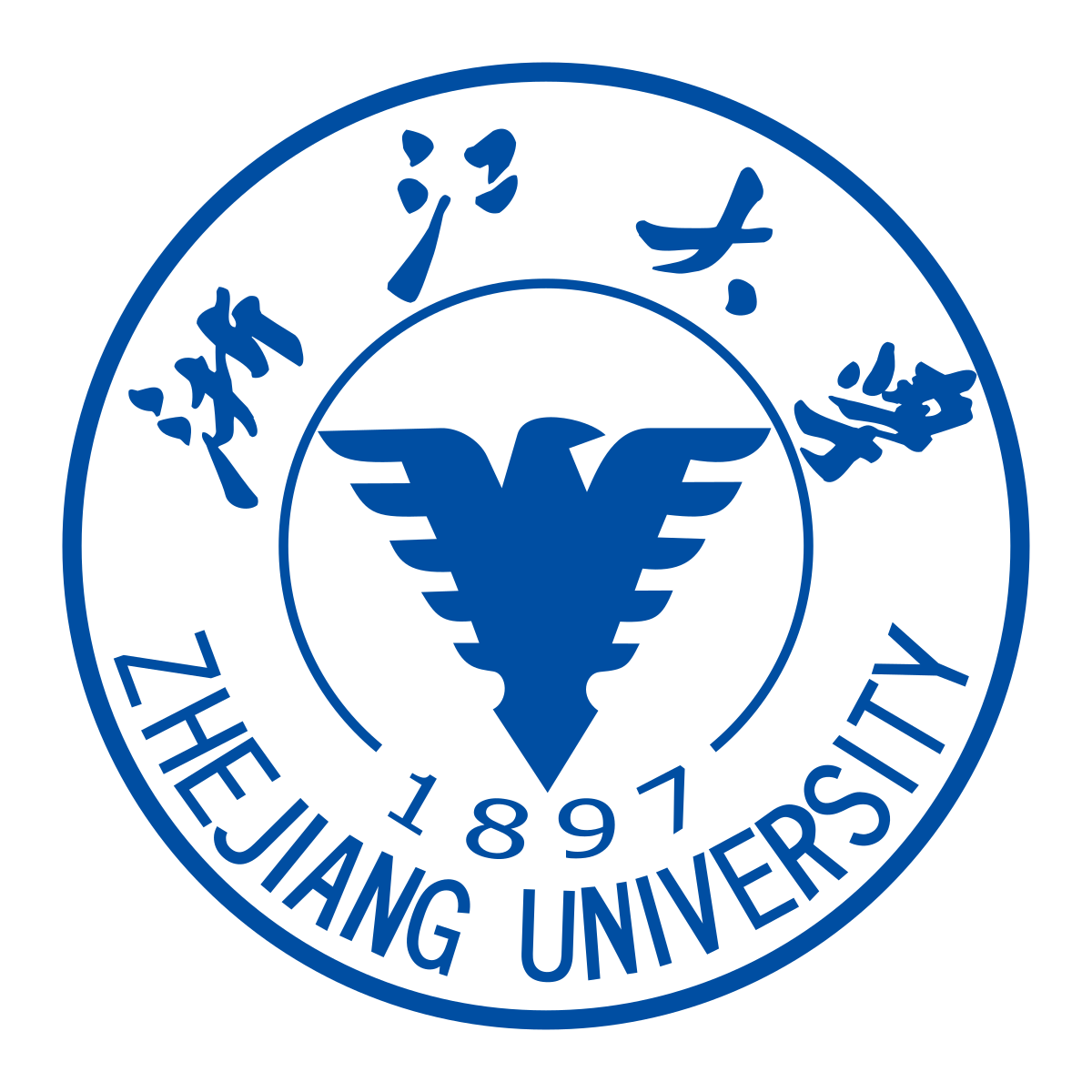Zhejiang University: Marine pastures equipped with “giant pumps” to reduce carbon and purify water
By the end of December 2021, China’s first artificial upwelling demonstration project, located in the waters of Aoshan Bay in Qingdao, had been in operation for 40 months. In this project, an artificial system is installed to form seawater upwelling which can transport nutrient-rich seawater to the euphotic layer on the surface. In this way, the growth of phytoplankton and algae can be promoted, thereby improving primary productivity, restoring the marine ecological environment, and enhancing marine carbon sinks.
As estimated, the total grand of increased carbon sinks will add up to over 4.9 million tons (in terms of CO2), and more than 13,900 tons of nitrogen and 2,130 tons of phosphorus will be removed if the upwelling scheme is implemented in 140,000 hectares of seaweed farmland.
This project, led by Zhejiang University, is completed in cooperation with Xiamen University, Hangzhou Dianzi University and Shandong University. It has been listed as a marine carbon sink program by the Intergovernmental Panel on Climate Change (IPCC).
What is the “artificial upwelling carbon sink”? This concept was first proposed by Prof. JIAO Nianzhi at Xiamen University and Prof. CHEN Ying at Zhejiang University in 2015. The world’s famous fisheries are primarily located in natural upwelling areas.
“Artificial upwelling is more enduring and effective. However, such problems as site selection, high efficiency and reliability of technical equipment should be addressed to achieve ‘artificial upwelling carbon sinks’,” said Prof. FAN Wei from the Zhejiang University Ocean College. “After 20 months of trial operation, our team completed China’s first large-scale artificial upwelling ecological demonstration project in April, 2020.”
It is reported that the shallow injection airlifting technology developed by the team improves reliability effectively.
“Besides, the team formulated a plume trajectory controlling and artificial injection strategy to overcome a series of challenges, including excessive tidal currents, premature separation of bubbles and nutrient salt plumes, and failure to guarantee the effective lifting of nutrient plumes to the surface layer of the ocean,” Prof. Fan introduced, “By controlling the optimal air injection volume, our team boosted the efficiency of artificial upwelling by 12.38%.”
“The demonstration project in Aoshan Bay, which contains an integrated system, including artificial upwelling, monitoring of the marine environment and carbon sinks, and large-scale seaweed farming, covers an area of 33.33 hectares,” said Prof. Fan. “This artificial upwelling system can effectively raise the surface nutrient concentration of at least 333.33 hectares of sea area under the influence of tidal currents and adjust the nitrogen-phosphorous ratio, thereby creating a favorable condition for macroalgae to photosynthesize.”
By the end of November 2021, the average yield of seaweed had risen by 36.1 grams per strand and the carbon sink had increased by 1.6 tons per mu (1 mu=0.0666667 hectare).
“Research has shown that artificial upwelling has enormous promise in increasing marine carbon sinks and raising fishery revenues. Relevant departments in several coastal cities have contacted us to promote this state-of-the-art technology,” said Prof. Fan. “On top of this, it has more extensive applications in regulating the marine ecological environment. It can be used as a geoengineering tool to trigger the earth’s self-healing ability.”
For example, when subjected to high-temperature seawater and other stress, corals will bleach and thus reject symbiotic algae in their bodies. Scientists are exploring the possibility of saving coral reefs by infusing cold water from the depths of the ocean.
“Artificial upwelling can cause cold water in the depths of the ocean to flow upward and lower the temperature of waters surrounding the coral colony, thus reducing the thermal stress of corals,” said Prof. Fan. “Similar application scenarios are yet to be explored by researchers.”
When asked about future research direction, Prof. Fan said, “We are going to focus on research into the development of a miniature, intelligent and integrated air-curtain artificial upwelling system in order to improve the efficiency of the surge and reduce the cost. For instance, we will endeavor to achieve optimal efficiency by tapping into the ocean topography and currents in the future.”

